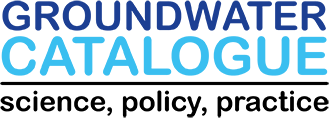Ensuring improved access to and the availability of adequate amounts of water in refugee settings are central to the protection of these marginalized people. In a refugee camp, access to clean water is not just 'what' but also 'how' this life sustaining resource is provided.
- Adequacy and equity of water distributed- Sufficient supply for basic needs for each and every person throughout the camp, including in schools and health units
- Acceptability and safety of water supplied- Potable and pleasant in terms of appearance, taste and odor. Water quality is monitored regularly for faecal contamination and water safety plans are in place
- Social costs on the users-Facilities located centrally and not too far from the dwellings, with minimum waiting time, and safe and user-friendly designs
- Physical safety of the users- Facilities located in a secure physical environment; water distribution time and duration planned according to users convenience and cultural habits, and limited to day-light hours
- Reliability of Supply- There needs to be continuous maintenance of the water supply system as well as adequate water storage at the family and community level in case of interruptions.
- Environmental concerns/hazards- Sustainable exploitation of water sources, waste water management, improved drainage for storm water to avoid water-induced hazards
- Efficiency of supply- Avoiding water wastage during fetching from tapstands and other system losses
- Participation of Stakeholders- Refugees and other sectors involved in water system development and operation as well as maintaining a good interrelationship with the host community
Resources
File
Water Manual for Refugee Situations.pdf
(567.5 KB)
